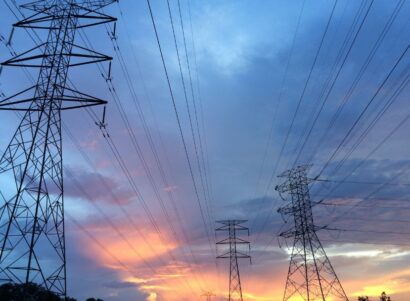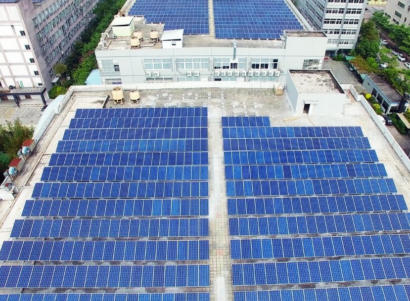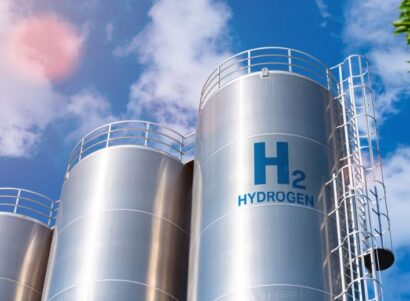PSE Energy Quarterly is the newsletter of Physicians, Scientists, and Engineers for Healthy Energy, a nonprofit research institute dedicated to supplying evidence-based scientific and technical information on the public health, environmental, and climate dimensions of energy production and use.
Aliso Canyon Reckoning
Explosions, fires, and toxic air-pollution emissions top the list of human health risks associated with California’s underground natural-gas storage system, according to a report released January 18 by the California Council on Science and Technology. In addition, workers and neighboring communities are exposed to health-damaging pollutants like formaldehyde and benzene that are emitted during both routine operations and uncontrolled blowouts at these facilities, the report found — chemicals that are associated with health issues such as nausea, dizziness, headaches, respiratory illness, and some cancers.
The health assessment, led by PSE Healthy Energy, was part of a report (Section 1.4, pages 167-279) commissioned in the wake of the 2015 well blowout at the SoCalGas-operated Aliso Canyon natural-gas storage field in Southern California, which is widely considered to be the largest single-source release of methane in U.S. history. Read the news story.
GARDEN STATE STRATEGY As New Jersey transitions to a progressive Democratic administration committed to ambitious clean-energy goals, the state has a rare opportunity to transform New Jersey into a regional leader in sustainable energy. In Boris Lukanov’s two-part blog piece, Part I makes the case for a focus on energy efficiency, and Part II lays out workable policies behind a successful clean-energy strategy.

ROGER THAT In 2017, PSE added more than 300 new studies to ROGER — our citation-format Repository of Oil and Gas Energy Research — and we are adding new entries all the time. ROGER now houses more than 1,300 peer-reviewed studies relevant to assessing the environmental, socioeconomic, and public health impacts of shale and tight gas development. Our work will be included in annual compendium of the Concerned Health Professionals of New York, which collects and archives health-focused fracking science. See what’s new on ROGER by searching by publication year.
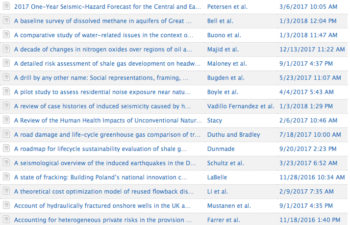
WE ARE HIRING! PSE is excited to announce our California Oil and Economics Fellowship, a one-year position to research one or more critical policy issue(s) on the jobs, environmental, or public health dimensions of oil and gas development and/or use in California from an economics perspective. Research topics could also focus on the costs of an energy transition away from oil and/or gas. The successful candidate will conduct excellent research, write a final report, and is also expected to submit his/her work to a peer-reviewed journal.We are a team that works hard, thinks big, gets stuff done, and has fun together while doing it.
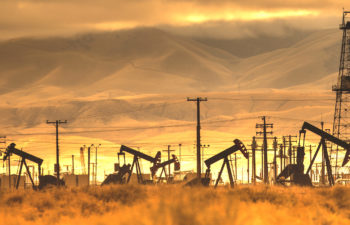
THANK YOU Between Giving Tuesday and our holiday season campaign, PSE had its biggest fund-raising year ever. With regulation rollbacks across the U.S., the opening of new drilling, and record oil production, your donations to PSE have more value than than ever. As the only nonprofit research institute in the U.S. explicitly focused on the environmental and health impacts of oil and gas production, we must continue our rigorous scientific inquiry to inform sound policies that protect the environment and public health.

This issue of PSE Energy Quarterly was published January 22, 2018, in Oakland, California.
Copyright PSE Healthy Energy. All rights reserved.








